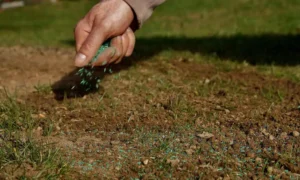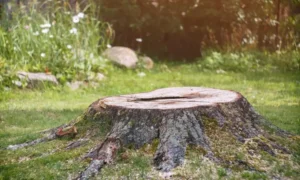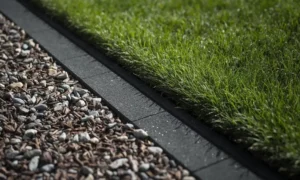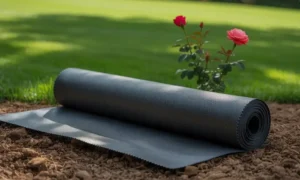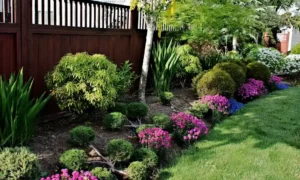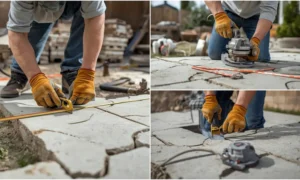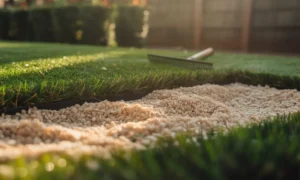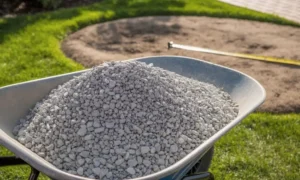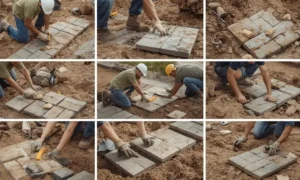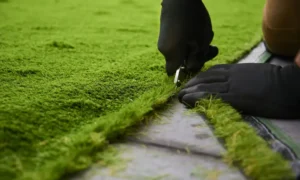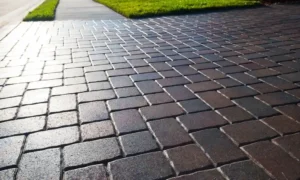How to clean brick pavers is a question many homeowners face when looking to maintain the beauty and functionality of their outdoor spaces. Keeping brick pavers clean is essential not only for enhancing curb appeal but also for extending the lifespan of the surface and ensuring safety. Over time, dirt, moss, algae, and stains can make pavers slippery and degrade their structure. Regular cleaning prevents these issues, preserving the overall look and integrity of the installation. This guide will walk you through a variety of cleaning methods—ranging from simple DIY techniques to when it’s time to call in professional help—so you can choose the best approach for your needs.
Easiest Way to Clean Up Brick Pavers
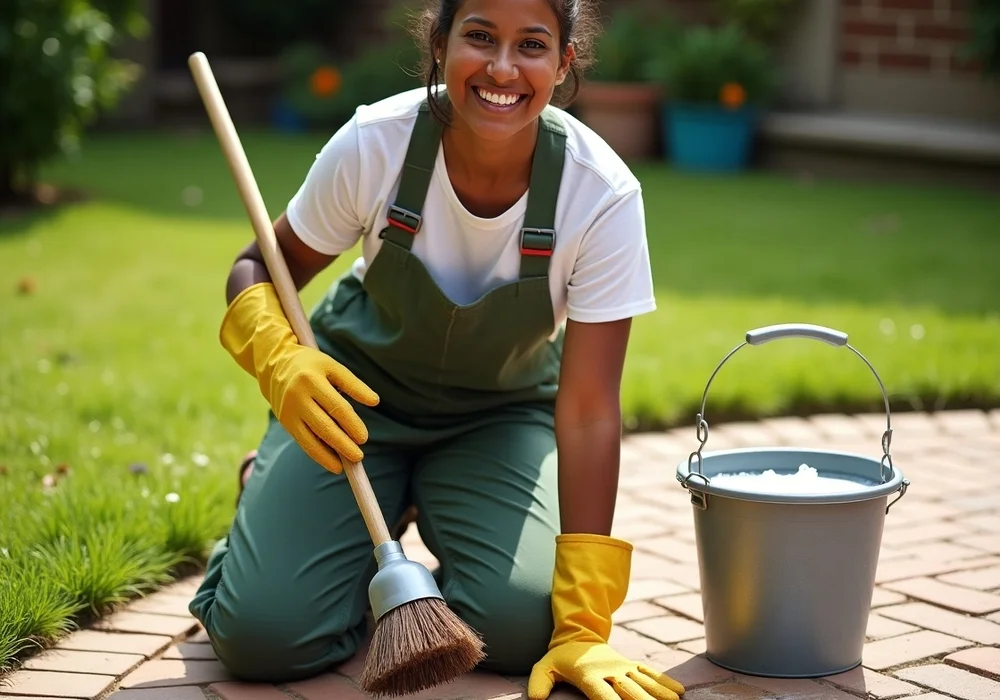
Overview of Simple Methods
- Using a garden hose to sweep and rinse
This is the most basic and non-invasive method:
- Removes loose debris like leaves, dust, and dirt.
- The bricks’ original color can be restored with a short rinse.
- Using Mild Detergent and Water
Perfect for moderate grime or light stains:
- Safe for bricks and nearby plants.
- Effective on food spills, mud, and mild mildew.
Step-by-Step Guide for Basic Cleaning
Method 1: Sweeping and Rinsing
What You’ll Need:
- Stiff-bristle broom
- Garden hose with spray nozzle
Steps:
- Clear the area: Remove furniture, pots, or décor from the paver surface.
- Sweep thoroughly: Use the broom to clear away leaves, dust, and debris.
- Rinse well: Use the garden hose to wash down the surface, directing water toward the edges.
- Let dry: Before moving furniture in, give the space time to completely dry.
Method 2: Mild Detergent Cleaning
What You’ll Need:
- Bucket
- Mild dish soap or eco-friendly detergent
- Stiff-bristle brush or push broom
- Garden hose
Steps:
- Mix the solution: Combine warm water and a few drops of dish soap in a bucket.
- Apply to surface: Pour or use a sponge to spread the soapy water over the pavers.
- Scrub lightly: Use the brush or broom to gently scrub any stained or dirty areas.
- Rinse thoroughly: Wash the soap off with the hose to prevent residue.
- Air dry: Let the area air-dry before walking or placing objects back.
Recommended Tools and Materials
Item | Purpose |
Stiff-bristle broom | Sweeping dirt and debris |
Garden hose with nozzle | Rinsing surface thoroughly |
Mild dish soap/detergent | Gentle cleaning agent |
Bucket | Mixing cleaning solution |
Scrub brush or push broom | Agitating dirt and light stains |
You can read about paver installation services in Bay Area.
How to Clean Brick Pavers with Baking Soda
Why Baking Soda Works
- Safe: Non-toxic and gentle on brick, grout, pets, and plants.
- Eco-friendly: Doesn’t contribute to harmful runoff or damage landscaping.
- Inexpensive: Readily available and budget-friendly.
- Effective: Great for neutralizing odors, lifting grime, and lightly scouring surfaces.
Ingredients Needed
- Baking soda (sodium bicarbonate)
- Water (for making a paste)
- White vinegar (optional, for tough spots)
- Stiff-bristle brush or push broom
- Bucket
- Garden hose
Instructions
Method 1: Baking Soda Paste
- Mix paste: Combine baking soda with a small amount of water to create a thick paste.
- Apply to stains: Use a brush to spread the paste over stained or dirty paver areas.
- Scrub gently: Use a stiff brush to work the paste into the surface.
- Leave it alone: To give the paste time to break down the dirt, let it on for ten to fifteen minutes.
- Rinse thoroughly: Use a hose to wash off the paste, making sure no residue remains.
Method 2: Sprinkle and Scrub
- Wet the surface: Lightly spray the pavers with water to help baking soda stick.
- Sprinkle baking soda: Evenly distribute it over the damp pavers.
- Scrub: Use a stiff brush or broom to scrub in circular motions.
- (Optional) Add vinegar: For extra cleaning power, spray white vinegar over the baking soda and let it fizz for a few minutes before scrubbing.
- Rinse: Hose down the area well.
Best Use Cases
- Mild stains (e.g., food, drink, or mud)
- General maintenance cleaning
- Deodorizing outdoor living spaces
- Safe cleanup around plants, kids, or pets
You can also read about How To Remove Oil Stains From Pavers.
How to Clean Brick Pavers Without a Pressure Washer
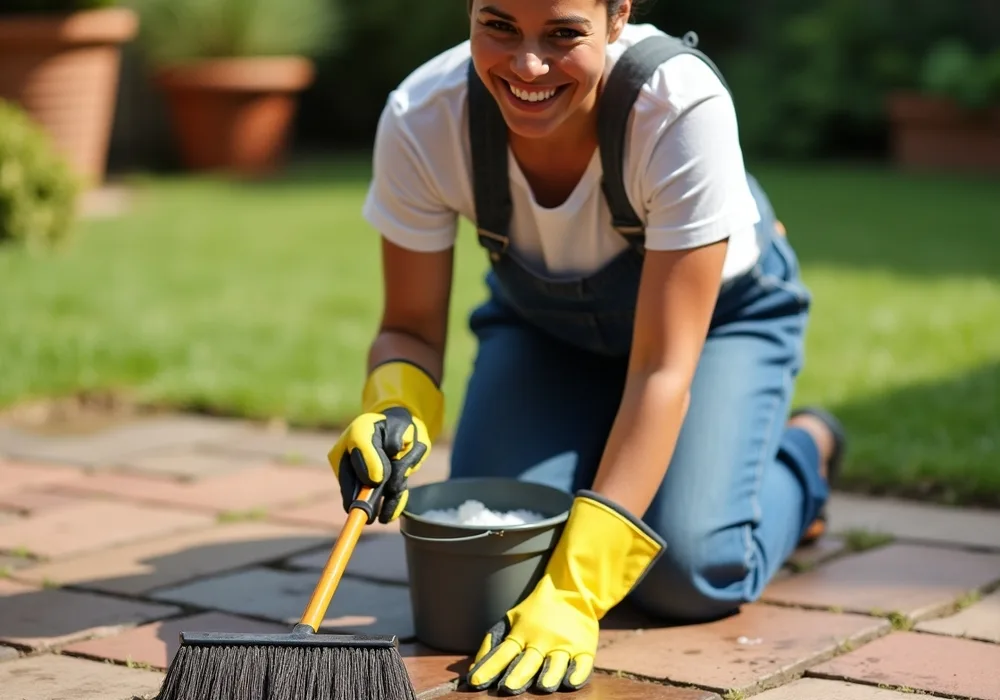
Why Skip the Pressure Washer?
- Avoid Damage: High-pressure jets can erode joint sand, chip bricks, or force water under pavers.
- Lower Cost: No need to rent or buy equipment.
- Better Control: Manual cleaning is gentler and allows more precision.
- Accessibility: Great for those without outdoor power sources or hose hookups.
Alternative Tools You’ll Need
Tool | Purpose |
Hard-bristle broom | Loosen dirt and debris |
Garden hose with spray nozzle | Rinse dirt and residue |
Bucket | Hold cleaning solution |
Scrub brush (hand or deck) | Deep clean tough stains |
Mild detergent or baking soda | Safe cleaning agent |
Step-by-Step Method for Deep Cleaning
1. Clear the Area
- Remove furniture, pots, and debris from the pavers.
- To get rid of any loose dirt or leaves, sweep the area thoroughly with the broom.
2. Prepare Cleaning Solution
- Fill a bucket with warm water.
- Add a few drops of mild dish soap, or stir in baking soda for a natural option.
- Optional: For tougher grime, add 1 part white vinegar to 3 parts water (do not use vinegar on sealed pavers).
3. Apply and Scrub
- Pour or sponge the cleaning solution onto the pavers.
- Use the scrub brush to clean one section at a time, scrubbing in circular motions to lift dirt and stains.
4. Rinse Thoroughly
- Use the garden hose to rinse each section well.
- A spray nozzle on “jet” or “shower” mode helps remove residue effectively.
5. Let Dry and Inspect
- Allow pavers to dry completely.
- Inspect for remaining stains—spot treat any missed areas using the same method.
Pro Tips
- Clean on a dry day to allow quick drying.
- For moss or algae: Use a vinegar solution or moss-specific cleaner and a stiff brush.
- Reseal pavers after cleaning to protect them from future stains and erosion (every 2–3 years).
Dealing with Tough Stains and Weeds on Brick Pavers
Common paver issues include moss, algae, oil stains, and persistent weed growth. These not only affect appearance but can also make pavers slippery and unsafe if left untreated.
Moss and Algae
These thrive in damp, shaded areas. To clean them:
- Mix equal parts white vinegar and water, apply to the affected area, and let it sit for 15–30 minutes. Scrub with a stiff brush and rinse thoroughly.
- For heavier growth, use a commercial moss/algae remover made specifically for outdoor surfaces.
Oil Stains
Oil can soak into porous brick quickly.
- Blot fresh stains with paper towels—do not wipe, as that spreads the oil.
- Sprinkle baking soda or kitty litter on the stain, let sit for a few hours to absorb, then scrub and rinse.
- For stubborn spots, use a degreasing cleaner designed for concrete or pavers.
Weed Growth
Weeds grow between joints and can push pavers out of alignment over time.
- Pull weeds manually or use a weed removal tool for the roots.
- Apply white vinegar directly to the weed base as a natural herbicide.
- For severe growth, a commercial weed killer may be needed, but choose one safe for use near landscaping.
Spot-Cleaning Techniques
- Target only the affected area to avoid unnecessary wear on clean pavers.
- Always test strong cleaners in a small, inconspicuous area first.
- Use a stiff brush to agitate stains—avoid metal brushes that can scratch the surface.
Natural and Commercial Cleaning Solutions
Natural: Vinegar and baking soda are great for regular maintenance and minor issues.
Commercial: Use paver-safe cleaners for grease, rust, and biological growth. Always follow label instructions.
Preventive Tips
- Apply a quality paver sealant every 2–3 years to repel stains and prevent weed growth.
- Sweep regularly to keep debris and seeds from settling in joints.
- Rinse pavers with a hose every few weeks to prevent buildup of dirt and organic matter.
- Keep nearby plants trimmed to reduce moisture and shade that promote moss and algae.
When to Call Professionals – Trust Lakota Design Group
If you’re dealing with deep stains, mold, heavy weed or moss overgrowth, or notice sunken or uneven pavers, it’s time to call in the experts. These issues often require more than DIY solutions. Lakota Design Group brings professional-grade equipment, years of expertise, and premium sealing options to restore and protect your pavers. Expect an efficient, lasting result—without the hassle. Typical services range from $0.75–$3 per sq. ft., depending on the condition and scope. Ready to revive your outdoor space? Contact us today for a free consultation!
FAQs
What Is The Easiest Way To Clean Brick Pavers At Home?
You can start by sweeping away debris and rinsing the pavers with a garden hose. For light stains, using a mild detergent mixed with water and scrubbing gently usually does the trick.
Can I Use Baking Soda To Clean Brick Pavers?
Yes, baking soda is a natural and safe cleaner for brick pavers. Make a paste with water or sprinkle it on damp pavers, scrub with a stiff brush, let it sit briefly, then rinse thoroughly.
How Often Should I Clean My Brick Pavers?
It’s best to clean brick pavers at least once or twice a year, depending on the amount of dirt buildup, weather conditions, and surrounding vegetation. Regular sweeping can also help maintain their appearance.
Is It Safe To Use A Pressure Washer On Brick Pavers?
Pressure washers can be effective but may damage pavers or wash out joint sand if used improperly. If you choose to use one, use a low-pressure setting and keep the nozzle at a safe distance.


